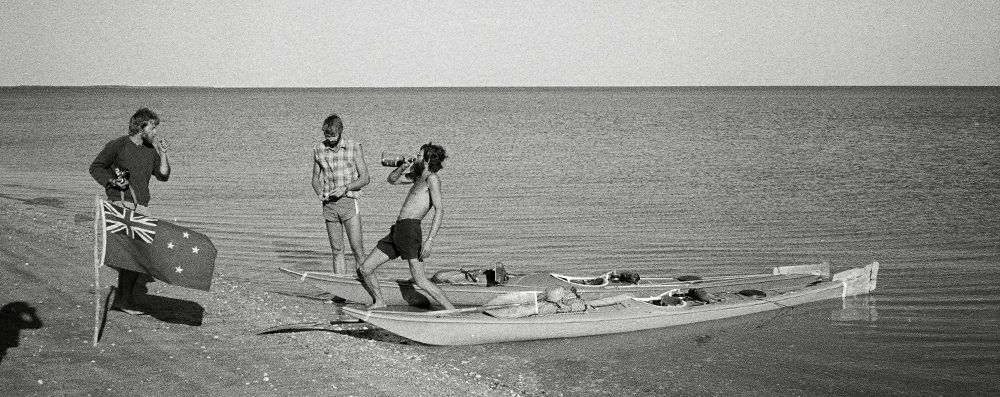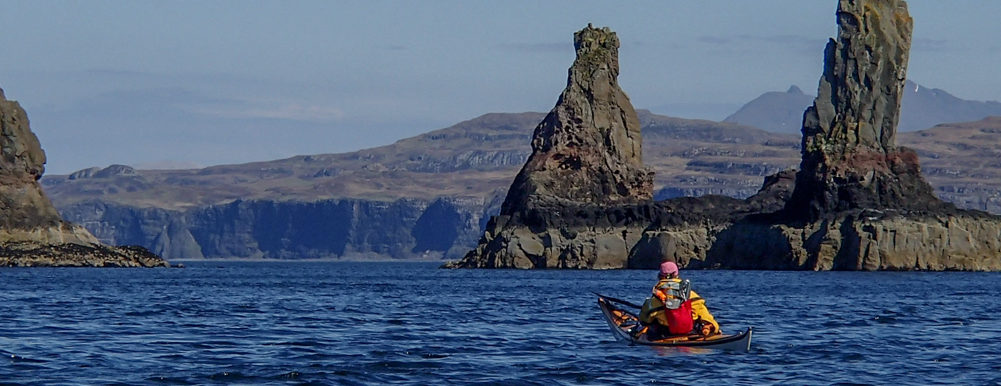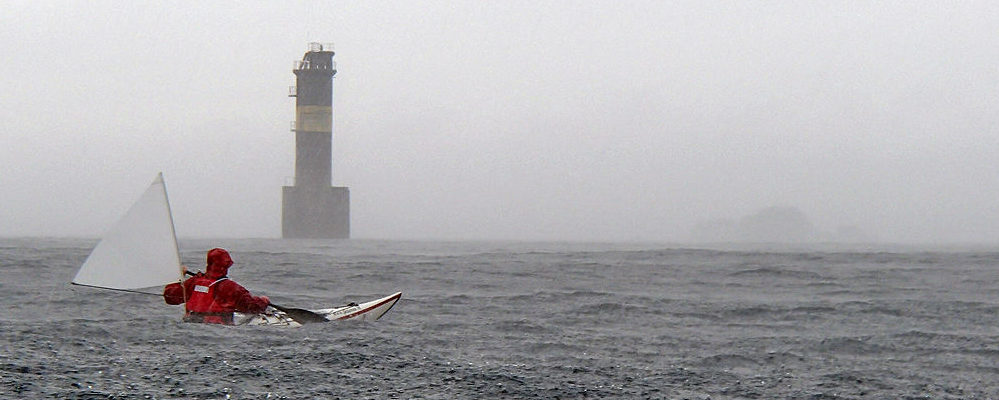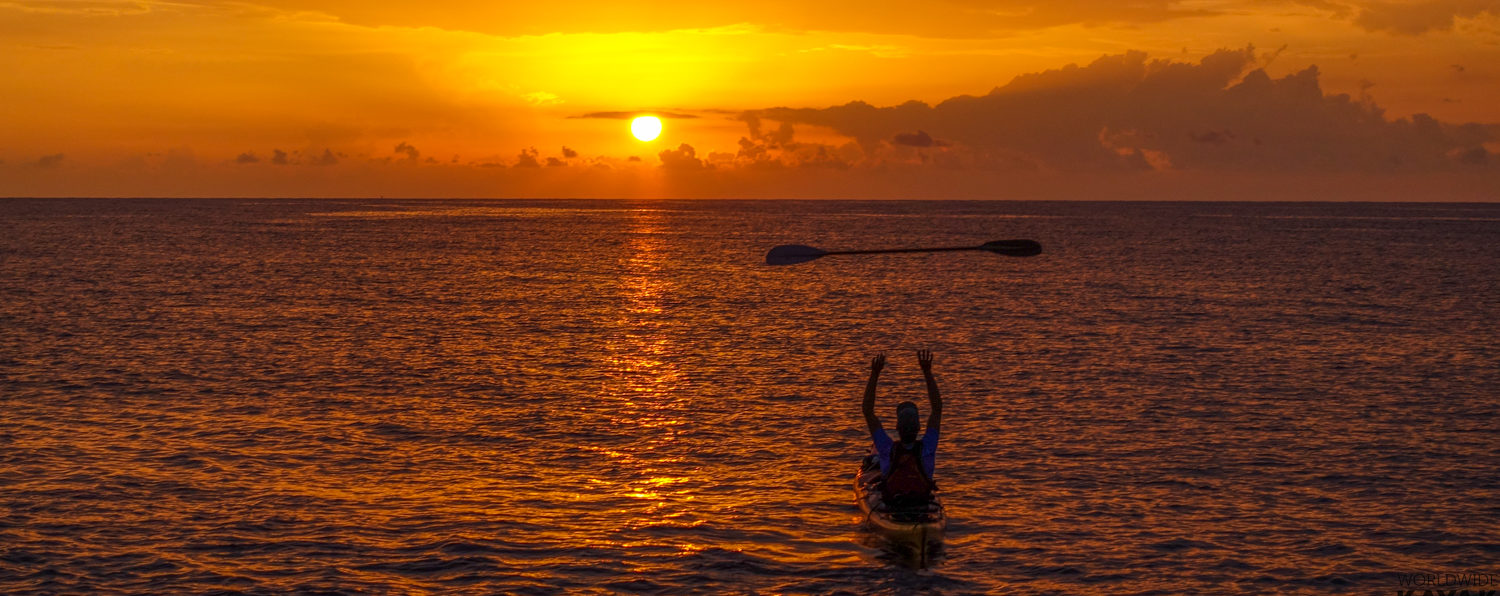THE PROJECT
Brief history

1977/78 – Paul Caffyn (NZ) First South Island Circumnavigation 76 days on the water, support team on land. Paul took some breaks, sometimes 2 weeks long. A few rolls.
1991—Bevan Walker (NZ) completed a stage-by-stage paddle around the South Island, some stages solo, some with other paddlers; his trip included a fast 13.5 day paddle around Fiordland with Craig Hornblow.
1995/96 – Brian Roberts (USA) First solo circumnavigation, starting/finishing point Picton, 86 days.
1999/2000 – Chris Duff (USA) Solo circumnavigation, starting/finishing point Picton. Chris rolled a dozen times, mostly while landing; once his kayak was badly damaged and needed heavy repairs.
2007/2008 – Barbro Lindman (Sweden) 94 days solo navigation
2008 – Justine Curgenven and Barry Shaw (UK) 67 days, 47 on the water
2010/2011 – Tim Taylor (NZ) complete NZ circumnavigation 55000 km 15 months, polyethylene sea kayak
2012 – Tara Mulvany (NZ) Winter circumnavigation 5 months
2015/2016 – Lynn Paterson (NZ) complete NZ circumnavigation, 14 months with on-land-support
Getting ready…

Based on previous expeditions statistics, we expect at least 48 days paddling and 22 days off;
with an average distance of 25 nautical miles per day on the water, or global daily average of 15 nautical miles; 1300 NM or 2400 km.
Training is part of our life, we paddle all year long, at least 3 times a week. We will meet in Autumn 2019 on the Atlantic Coast for surf training sessions, to practice and improve launching and landing on heavy surf waves and breakers areas.
…for the vibes !

The East Coast will most probably bring us head winds and currents conditions, while the West Coast is famous for its swell, likely to stand 2 to 4 meters, and its sudden winds picking up to 50 knots. South Coast belongs to the Roaring Forties area, with unexpected changing weather, heavy rains and winds up to 50 knots. Sometimes landing might be too difficult, so we might end up paddling 40 nautical miles stretches of coastlines.
We will have to deal everyday carefully and wisely with tides and weather conditions. The weather forecast will be of utmost importance.
As a self-relying expedition, food and supplies also need all our attention, especially on the West Coast where bad weather conditions are more likely to keep us out of sea for days.
Our motivations

Beside visiting our “down-under-neighbours*”, our drives can be summed up in very few words: wild nature immersion and pushing ourselves.
No narcissistic need to meet here. Neither scientific, ecological or educational alibi but a real desire to flirt with our physical and mental limits, to test our adaptation skills in challenging conditions. We are just quite aware that our project has a pleasure purpose first, like in about every expedition. We’ll certainly pollute more than those who stay home, because of the flight over half world, we have in mind that our carbon footprint will be unfortunately debtor for a few years.
*ref Down Under: Travels in a Sunburned Country / Bill BRYSON